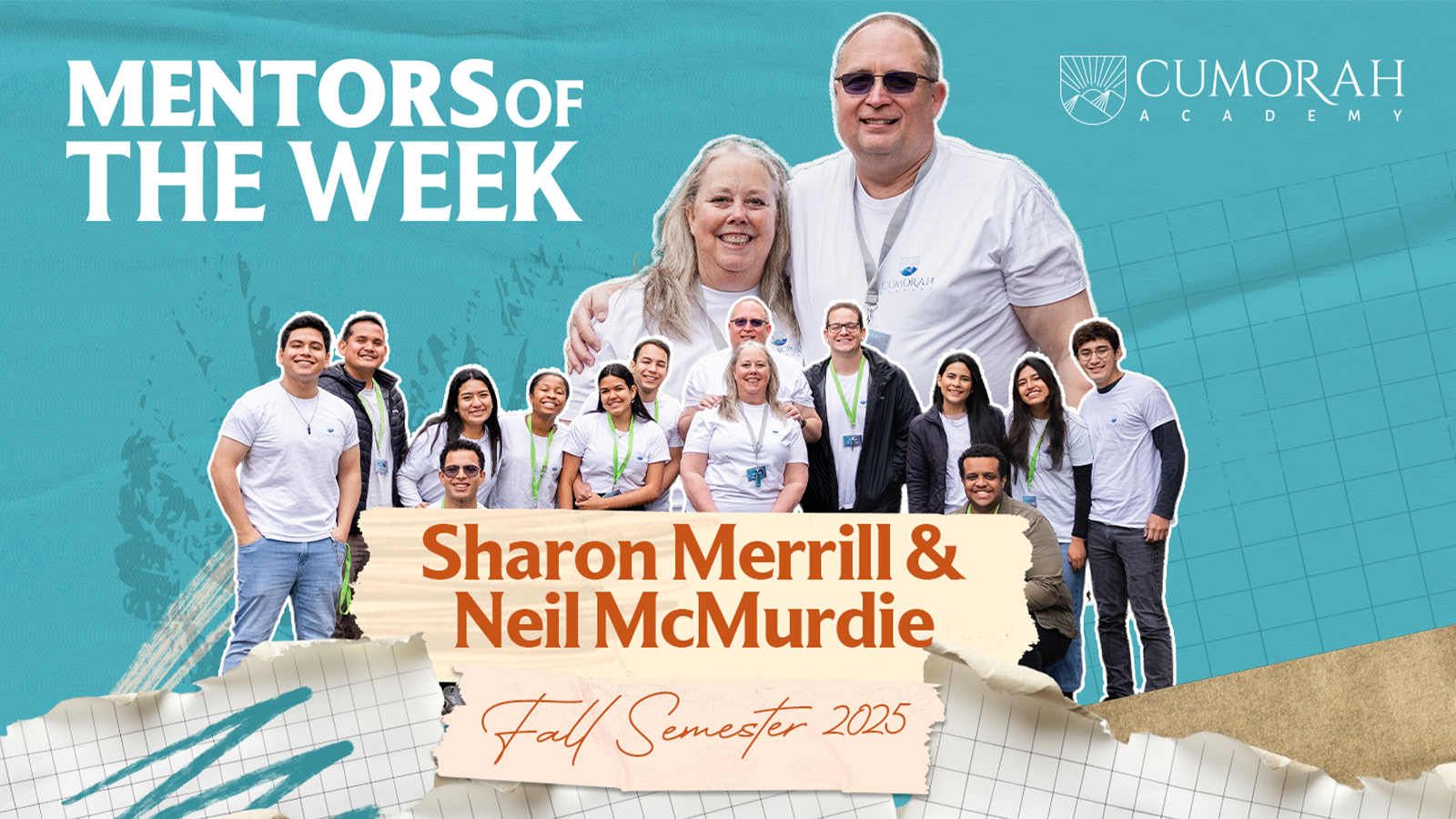The 7-step selling process is a proven framework that helps you understand customers, present your ideas effectively, and close deals with confidence. Whether you dream of becoming a sales professional or simply want to sharpen your communication skills, learning this process will give you tools that apply in business and in life.
At Cumorah Academy, we teach students that selling goes far beyond products. It’s about connecting with people, identifying their needs, and offering solutions that create lasting value. Let’s dive into each step of the process so you can see how it works—and how you can apply it.
Why the 7-Step Selling Process Matters
Think about this: one day you are the buyer, the next you are the seller. Both roles require understanding. When you buy, you want clarity and trust. When you sell, you want to present your ideas with confidence and impact.
The 7-step selling process works as a roadmap that shows you how to move from the first contact to a long-term relationship. Even if you don’t plan to work in sales, this knowledge still matters. At some point, you will sell something—a project, a business idea, or even yourself in a job interview.
By mastering these steps, you’ll develop communication, negotiation, and problem-solving skills that will serve you for life.

Step 1: Prospecting
Every sale starts with finding potential customers. Prospecting means identifying people or organizations that might benefit from your product or service.
For example, if you want to sell leadership workshops, your prospects could be business leaders, schools, or young professionals seeking growth. Instead of reaching out to everyone, you target those who will find real value in what you offer.
At Cumorah Academy, students practice prospecting by learning how to research markets, identify opportunities, and focus on the right audience. This skill saves time and increases success.
Step 2: Preparation
After identifying prospects, preparation is your next move. You gather details about your potential customer’s needs, challenges, and goals. The more you know, the stronger your approach will be.
Think of it like preparing for a presentation in class. Without research, your message feels empty. With preparation, you show that you understand and care.
In our Sales Bootcamp, we teach students to analyze industries, competitors, and customer behavior. Preparation builds confidence and sets the stage for trust.
Step 3: Approach
The first impression matters. In sales, the approach is how you open the conversation. Do you call, email, or meet face-to-face? More importantly, how do you spark interest?
A good approach involves friendliness, professionalism, and a genuine desire to help. Instead of pushing your product, you start by asking questions and showing curiosity.
This step is not about delivering your full pitch yet. It’s about building rapport and opening the door for a deeper conversation.
Step 4: Presentation
Now comes the moment many people imagine when they think of sales—the presentation. This is where you show how your product or service meets the prospect’s needs.
But here’s the catch: the best presentations are not about features; they are about benefits. Instead of saying, “Our software has advanced tools,” you say, “Our software will save your team five hours every week.”
Students at Cumorah Academy practice delivering clear, persuasive presentations. They learn to focus on solutions, not just products. This skill makes the difference between a forgettable pitch and a compelling one.

Step 5: Objections
Objections are a natural part of the 7-step selling process. Customers may have doubts, concerns, or questions before making a decision. They might say, “It’s too expensive” or “I need more time.”
Instead of fearing objections, great salespeople welcome them. Each objection is an opportunity to provide clarity and build trust.
As Brian Tracy once said:
“Approach each customer with the idea of helping him or her to solve a problem or achieve a goal, not of selling a product or service.”
At Cumorah Academy, we teach students to listen carefully, respond with empathy, and turn objections into opportunities. Handling objections well shows professionalism and care.
Step 6: Closing
Closing is the step where the prospect becomes a customer. It’s about reaching an agreement and finalizing the deal.
There are many closing techniques—asking for a decision, offering a trial, or creating urgency. But all successful closings share one thing: they happen naturally after a strong process. If you’ve listened, prepared, and presented well, the close feels like the obvious next step.
In our Sales Bootcamp, students practice different closing techniques so they feel comfortable guiding conversations to successful outcomes.
Step 7: Follow-Up
Many people think sales end at closing, but the final step is follow-up. Strong follow-up builds long-term relationships and creates repeat customers.
Imagine buying something and never hearing from the seller again. Now imagine receiving a friendly email thanking you, checking if everything works, and offering further help. Which experience feels better?
Follow-up shows that you value the relationship beyond the transaction. For businesses, it creates loyalty and referrals. For individuals, it builds trust and credibility.
At Cumorah Academy, students learn that lasting success comes from caring about people, not just closing deals.
How the 7-Step Selling Process Builds Life Skills
The 7-step selling process teaches more than just how to make a sale. It develops skills that stay with you for life—skills you can apply in business, in your career, and even in personal relationships. Each step gives you opportunities to grow in areas that matter far beyond the classroom.
Communication: You learn how to share your ideas in a way that others can understand and relate to. Whether it’s pitching a product, giving a presentation, or simply having a conversation, clear communication helps you stand out. You also become a better listener, which is just as important as speaking well.
Empathy: At the heart of selling is understanding people. You learn to pay attention to what others need, ask the right questions, and truly listen to their concerns. This empathy makes you not only a better seller, but also a better friend, colleague, and leader.
Problem-solving: Every potential customer has unique challenges. The selling process teaches you to look at these challenges from different angles and come up with creative, practical solutions. This skill is invaluable when you face unexpected obstacles in business or life.
Resilience: Rejection is part of sales, but it’s also part of life. Learning to handle “no” without giving up builds mental toughness. You discover how to turn setbacks into lessons and keep moving forward with determination.
Confidence: The more you practice presenting your ideas, the more natural it feels. With each step, you gain confidence in yourself and your abilities. That confidence doesn’t just help in sales—it helps in job interviews, networking events, and any situation where you need to show up as your best self.
These life skills prepare you for success in any path you choose—whether you dream of starting a business, growing in your career, or simply connecting more deeply with people around you.
Learn this and more at Cumorah Academy
Sales is not just a career path; it’s a life skill. At Cumorah Academy, our Sales Bootcamp equips students with real-world experience in the 7-step selling process. Through hands-on training, mentorship, and practice, students discover how to connect with people, present with confidence, and create meaningful results.
If you’re ready to take your skills to the next level, Cumorah Academy is the place for you. Join a global community of learners, develop valuable professional abilities, and prepare to make an impact wherever you go.
Apply now to join our campus and discover how the 7-step selling process can change your future.
Written by Fernando L. Ferreira Jr.
Supervision by Kamila Uberto Fullmer




